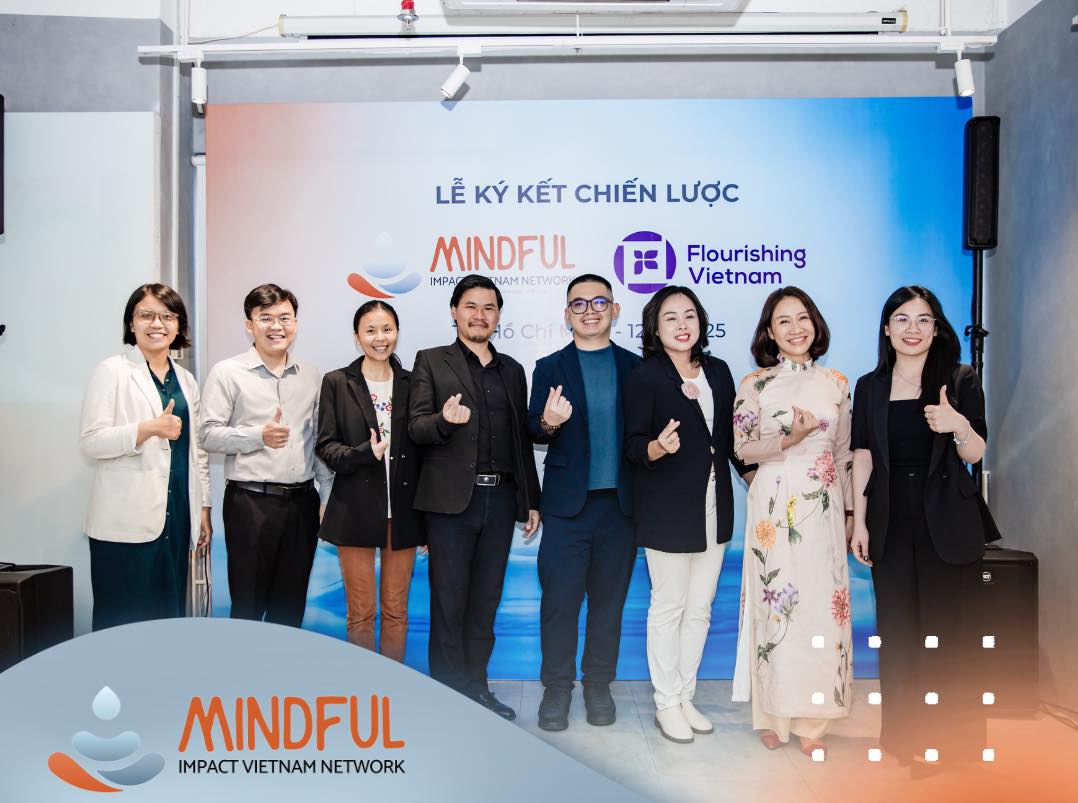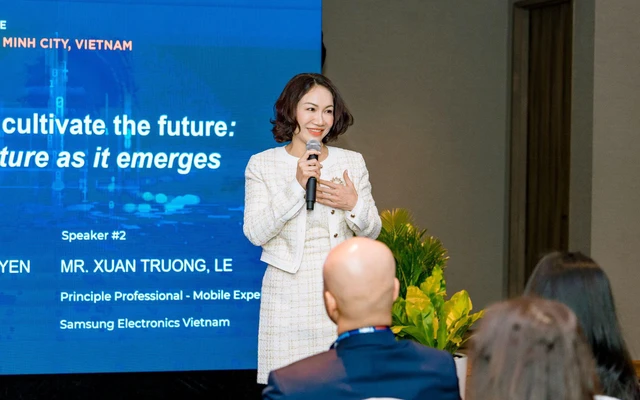Loyalty in a digital world
- share
- copy link
This article sets out six key considerations for attaining brand loyalty in a digital marketplace, as not all behaviour that appears to be loyal actually is.
Rational loyalty programs (based on discounts or special offers for loyalty) are useful, but vulnerable to aggressive competitors, whilst emotional loyalty is more stable but requires brands to show loyalty to their customers too.
Habit-based loyalty requires a continuous relationship and little reconsideration of purchase, so automatic payment and maintenance of good service help.
Loyalty can also be based on a good relationship with a specific member of staff, contractual tie-ins and by creating a structural bond.
In a digital world, brand loyalty takes on different characteristics and can be measured in diverse ways. This article outlines six considerations for attaining brand loyalty in a digital marketplace.
Loyalty remains the Holy Grail of a brand's relationship with its customers, even in the interactive digital marketplace. But it can take a long time to achieve. It is usually measured with KPI's like RFP analysis (recency, frequency and monetary), length of customer relationships, life-time-value, share of wallet and Net Promoter Score. All of these measures have to do with loyalty, but they could also be about something else. In today's world, not all behaviour that appears to be loyal is what we might typically assume to be brand loyalty. Here are six strategies to consider for brands striving for loyalty in the digital marketplace
Rational loyalty
Most loyalty programmes don't really deliver brand loyalty. In actuality, people possess numerous loyalty cards and they cherry-pick the best offer at any given point in time. Points-based loyalty programmes are often predicated on the concept of buying loyalty from customers by offering them rewards; for example, you get more discount when you buy more and you get offers only available to members. Loyalty can be a rationally driven model that creates a behavioural pattern for customers to buy when it's cheap. And in the open online market, it's very easy for consumers to make comparisons.
Loyalty membership schemes can be seen as a licence to sell. But selling is often viewed as a positive experience – an active relationship in which the company is offering new services and value for customers. And buying several products or services from a single company generates a stronger relationship and often a lower attrition rate. So, all this is basically positive, and better than having no loyalty programme at all. However, the downside is that when the customer relationship is based purely on rational decision-making, other companies with a more aggressive approach can inflict considerable damage.
Emotional loyalty
Emotional loyalty can be said to define true and lasting allegiance. A brand as a whole has its foundation in customer experience, quality, integrity, service, ethics, trust, corporate responsibility and values. If the brand feels right for the customer, he or she is less likely to consider competitors. Also, the loved brands become part of a customer's own identity and so these brands don't lose customers without warning. If customers truly love your brand, they let you know if your pricing or position is meeting a strong challenger and they actively seek your response to the situation.
Emotional loyalty is not price driven. You can have healthy margins and customers accept it. In such a position, customers also offer a helping hand and are much more open to participating in two-way innovation or co-creation dialogue, or giving you advice on how to improve your service even further.
In the current business environment there's too much of everything all the time. It's very difficult to differentiate yourself by offers or pricing. The truly emotionally driven approach to loyalty is to consider how the company can show loyalty towards its customers. How do you take care of your customers? How do you ensure that the value you are delivering to your customers becomes even higher? How do you solve problems that your customers have?
Habit-based loyalty
For most businesses there comes a time when customers reconsider whether to buy the same brand again or to buy something else. If the customer is involved in a continuous relationship then to try something new requires an active sign-off from the current relationship. So if you can turn single purchases into continuous relationships, you are likely to drive much deeper loyalty. That's the easy part. The hard part is in sustaining that relationship, because that requires time and effort on the part of the consumer. And the bigger the effort required, the less likely people are to engage with it. One of the most important psychological elements regarding loyalty is laziness, and allied to this, the minimising of disruption points such as billing. One of the best ways of improving loyalty is allowing customers to have automatic payment methods, either directly from their account or via credit card (think Netflix and Spotify). The drop in attrition is quite significant with such a method and the relationship is able to continue for as long as the credit card is valid.

When people establish behavioural patterns such as reading a newspaper every morning, the likelihood of attrition is much lower. Habit-based loyalty is really about maintaining the status quo. Requiring only a low brand profile and little attention to the customer makes for a very profitable type of loyalty.
A good example of habitual loyalty is online banking. The first online bank was established in Finland and since then the retail banking landscape has changed completely. People no longer have a reason to go to the bank. They can take care of all their finances online. As a result, people have become user-interface loyal. Only for major services such as mortgages would people change this banking relationship. Online banking is like electricity: as long as you get it when you need it, there's no problem. But if you don't, you have a major problem. If the service keeps on going, there's nothing to disturb the status quo. Online banking has facilitated automated servicing and hence huge cost cuts. Servicing costs are now minimal. Once online banking was introduced and became a habit for customers, the vast majority of customers became profitable. Banking margins and profits have grown and profitability has increased without attrition.
Imprinted loyalty
Customers are not necessarily loyal to a company, but rather to a person with whom they are in a relationship. If a customer is dealt with regularly by a particular member of staff or company representative, and that representative stays with the company, the relationship can become very strong emotionally, rationally and habitually. A trusted person can be an enormous asset for a company. The online revolution has diminished the role of person-to-person relationships in consumer businesses; however, the role of brands and trust in service processes has filled the gap to some extent. It's not quite the same but it does work to some degree.
Nevertheless, the company's customer interface and service staff should still be trained to strive for good customer relationships – because the brand is only as good as the person representing it. Some major hairdresser chains evaluate their employees based on how many of the hairdresser's customers book their next visit with the same hairdresser. This measure is beautifully simple and revealing. Being a great hairdresser is not just about the quality of work, it's very much about the whole experience. Women, in particular, open up and talk to their hairdresser. They could easily spend two hours with their hairdresser and pay a lot of money for the experience. It's about being heard, appreciated and pampered, as well as getting your hair cut and coloured.
Legal (contractual) loyalty
Mobile operators in Finland suffered from very high attrition rates after number portability was enabled. Churn rates were above 30%, even though customers were very happy with their network operators. This is a perfect example of customer satisfaction not equating to loyalty. Customers want to have a new mobile phone every two to three years. The desire to get a new handset created a natural discontinuity for relationships. Mobile network operators are orientated to offering good deals for new customers and winning a higher share of this dynamic market. This meant it was more advantageous for consumers to switch operator than staying with the current one. It is noteworthy that these network operators had the same level of perceived value and customers rarely had any real preference. Most customers were faced with equally good options, the only differentiating factors being brand communications and current offers.
The operators started selling customers 12-month agreements, which offered lower-cost evening or weekend calls. These agreements sold quite well and led to lower attrition rates. Once 3G bundles were introduced, they included 24-month agreements which were sold with handset subsidies – that is, in return for your 24-month agreement you got the mobile phone at half price. These agreements reduced attrition rates to below 10%; in other words, the agreements offered steady relationships and predictability.
As a result, mobile network operators' profits increased and people purchased more expensive mobile phones, which in turn facilitated a major increase in the use of data and created a completely new mass market. Everyone was a winner. However, when the 24-month agreements ended, the attrition rates rose to 15–20%. Nevertheless, although the attrition rates increased, they didn't reach the previously familiar 30% rates.

Polar: its ground-breaking wrist-top computer and subsequent training tool created a structural bond with its users
By nature, people are lazy, and also indifferent towards many product and service ranges. In order to gain market share in a business such as mobile phones, the brand has to actively sell and create discontinuity with
sales. Electricity agreements are another great example of this. Very few people compare electricity pricing and won't actively change their power company unless it's actively sold to them. When you get a call offering you a reduction of 5-10% and the electricity is greener than your current option, it's easy to agree. Even better, the new company will also close the previous deal, so the only thing you need to do is say yes over the phone. It is possible to beat a competitor with a heavy marketing attack like this. Unless the competitor has closed agreements that are tied in for a certain period of time, they are likely to lose a lot of customers almost overnight. Who would start comparing for a 5% reduction? Very few would. Who would accept such an offer when it doesn't require any effort? Many will.
Loyalty by structural bond
What could you sell your customer to make him or her dependent on you? Structural bonds are an interesting approach to loyalty and how to create value on which the customer becomes dependent.
When Polar Electro introduced its wristtop computers with heart-rate monitoring in the late 1990s, the company quickly followed this with an online Personal Trainer to supplement training advice for users beyond the scope of the gadget itself. The Personal Trainer recorded all your training to a database and created a record. It helped analyse your training requirements and results very effectively. In early 2000, this was a ground-breaking innovation. When all your training history was online, Polar Electro had a structural bond with you. If you wanted to change to more advanced training tools, you had to buy another Polar wristtop computer in order to keep your training record ongoing.
Currently, mobile phones have the same functions and you can use a variety of platforms for storing your data – for example, Samsung backup, Apple iCloud or Android saving to your Google account. These platforms effectively still create a structural bond, although some of them are now gadget-independent and available to iPhone, Nokia and Android. Nevertheless, Polar Electro's Training Tool is an effective loyalty driver for anyone who has been using it for the past decade or so. The current rush to the Internet of Things will produce a massive offering of services just like Polar Electro's Training Tool. As this market is only just opening up, every brand should consider how it can lock in its customers.
Facebook also has a strong structural bond: your friends who are already there. When everyone is already there, it becomes very difficult to leave and completely stop using it. It is also very challenging for other services to get really active users, because Facebook is a strong habit and it holds your entire social life and has become a big part of yourself – part of who you are and how you represent yourself to the world.
No matter what you do, some customers will leave eventually. Nevertheless, applying effective win-back strategies could diminish negative churn. One telecoms company actually managed to win back 80% of lost customers. Its win-back operation was probably the most profitable campaign the company had ever created.
Just one more piece of advice: when you are trying to develop your company's customer relationship expertise, you can't just look at the customers who are happy and satisfied. Their responses will only strengthen the status quo and hinder innovation and adaptation to a changing business environment. Lost customers, on the other hand, are a great source of insight and improvement advice. Any information that helps you predict discontinuity, increases the probability of repurchase and retention, or shields customers from competitors' influence, clearly increases profitability. Loyalty certainly is something worth striving for. And if you follow the golden rules, you can achieve this goal, even in the interactive digital marketplace.





